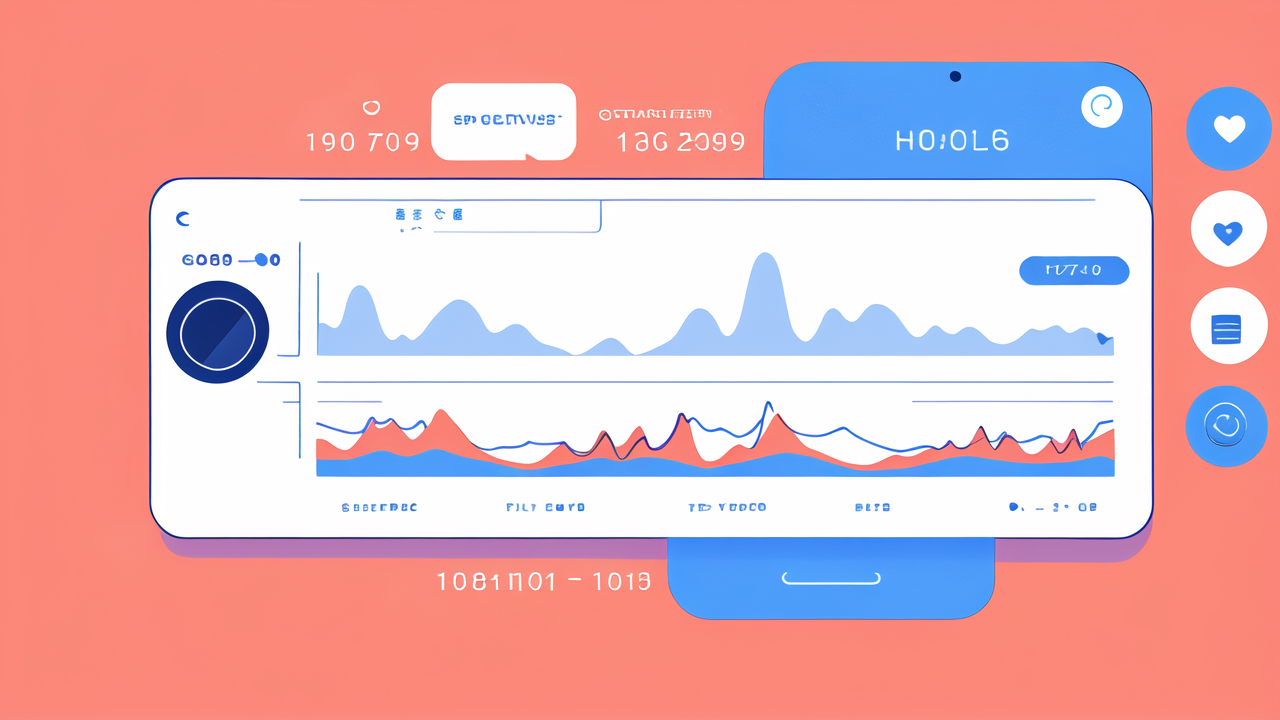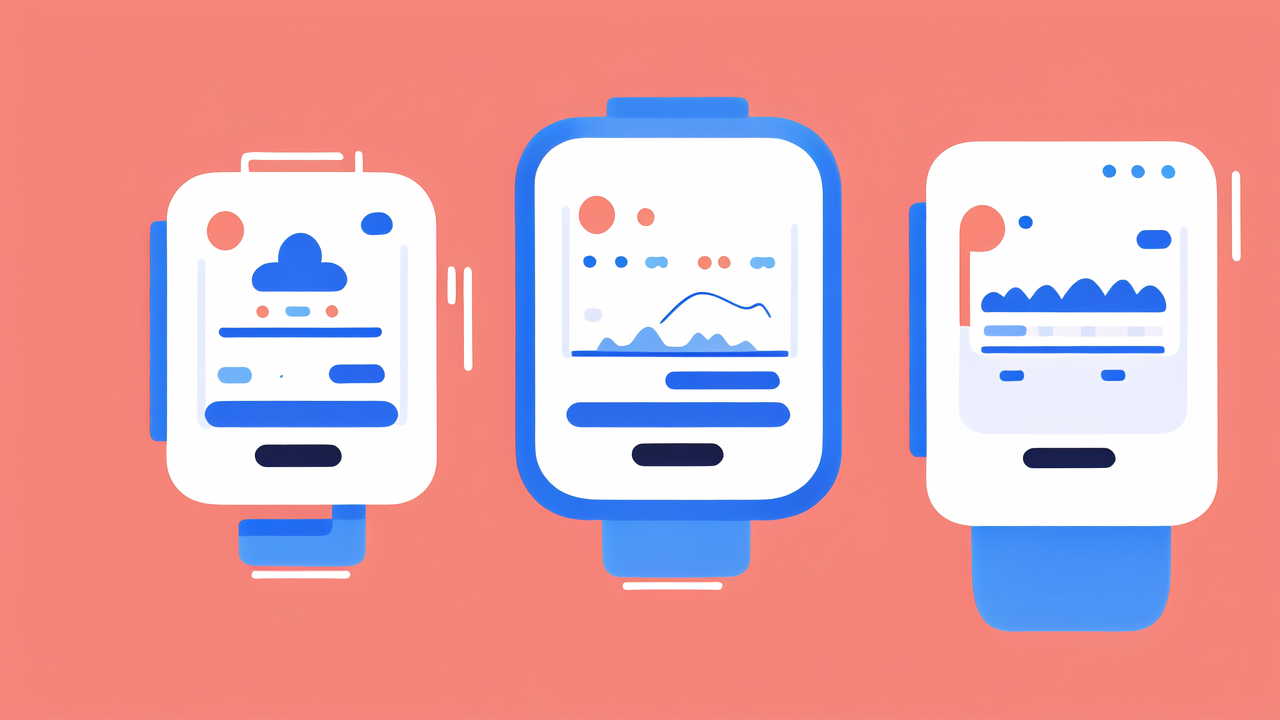Understanding the Demand for Health Monitors in Wearable Technology
The Rise of Quantitative Health Awareness
Health monitors in wearables have seen a surge in popularity. People are more interested in tracking their health data. This trend is driven by a desire for better self-care and preventive health measures.

Wearables now offer a range of health monitoring features. These include:
- Heart rate tracking
- Sleep analysis
- Stress level monitoring
- Blood oxygen level measurement
- Activity and fitness tracking
Consumers are using this data to make informed decisions about their lifestyle. They're taking a more active role in managing their health. This shift has created a strong market for health-focused wearables.
Consumer Preferences and Privacy Concerns
As health monitors become more common, consumer preferences are shaping the market. People want devices that are both functional and stylish. They're looking for wearables that blend seamlessly into their daily lives.
However, privacy concerns are also on the rise. Users are worried about how their health data is stored and used. This has led to demands for:
- Stronger data encryption
- Clear privacy policies
- User control over data sharing
Companies are responding by prioritizing data protection. They're working to build trust with consumers. This focus on privacy is becoming a key factor in product development and marketing.
The Impact of Health and Wellness Trends
The wellness industry has a significant influence on health monitor demand. There's a growing interest in holistic health approaches. People are looking for ways to improve their overall well-being.
Wearables are adapting to meet these needs. They're offering features like:
- Meditation guides
- Breathing exercises
- Nutrition tracking
- Hydration reminders
These features align with current wellness trends. They make wearables more appealing to health-conscious consumers. As a result, the market for health monitors in wearables continues to expand.
Technological Innovations in Health Monitoring for Wearables
Advancements in Battery Life and Sensor Accuracy
Battery life has been a key focus for wearable technology. Manufacturers are developing more efficient power systems. This allows devices to run longer between charges. Improved battery life means users can track their health data continuously.

Sensor accuracy has also seen significant improvements. New sensors can capture more precise health data. This includes:
- More accurate heart rate monitoring
- Better sleep tracking algorithms
- Improved step counting and distance measurement
These advancements make wearables more reliable for health monitoring. Users can trust the data they receive. This has increased the value of health monitors in everyday wearables.
Integration of AI and Machine Learning
Artificial intelligence and machine learning are transforming health monitors. These technologies allow wearables to provide more personalized insights. They can analyze patterns in user data to offer tailored health recommendations.
AI-powered features in wearables include:
- Predictive health alerts
- Personalized fitness plans
- Early detection of potential health issues
- Automated stress management suggestions
These smart features make health monitors more useful in daily life. They're helping users take proactive steps to improve their health. This integration of AI is a major selling point for advanced wearables.
Regulatory Compliance and Data Security Solutions
As health monitors collect more sensitive data, regulatory compliance is crucial. Wearable companies must adhere to strict health data protection laws. This includes regulations like HIPAA in the United States.
To meet these requirements, companies are implementing robust security measures. These include:
- End-to-end encryption of health data
- Secure cloud storage solutions
- Regular security audits and updates
- User authentication and access controls
These measures help protect user privacy and build trust. They're essential for the continued growth of the health monitor market in wearables.
The Future of Health Monitors in the Wearable Industry
Market Predictions and Potential Growth Areas
The future of health monitors in wearables looks promising. Market analysts predict steady growth in the coming years. This growth is driven by increasing health awareness and technological advancements.

Potential growth areas include:
- Non-invasive blood glucose monitoring
- Continuous blood pressure tracking
- Early disease detection capabilities
- Mental health monitoring features
These innovations could expand the market for health wearables. They have the potential to make devices even more valuable for users. As technology improves, we may see health monitors become essential daily tools.
Ethical Considerations and User Acceptance
As health monitors become more advanced, ethical questions arise. There are concerns about data privacy and the potential for misuse. Users want to know how their health information will be protected and used.
Key ethical considerations include:
- Ensuring user consent for data collection
- Protecting against discrimination based on health data
- Maintaining transparency in data usage and sharing
- Balancing health benefits with privacy risks
Addressing these concerns is crucial for user acceptance. Companies must prioritize ethical practices to build trust. This will be key to the long-term success of health monitors in wearables.
Partnerships and Ecosystem Developments in the Health Tech Space
The health tech space is seeing increased collaboration. Wearable companies are partnering with healthcare providers and tech firms. These partnerships are creating new opportunities for health monitoring.
Examples of ecosystem developments include:
- Integration of wearable data with electronic health records
- Collaborations between wearable makers and medical researchers
- Partnerships with fitness apps and wellness platforms
- Joint ventures to develop new health monitoring technologies
These partnerships are expanding the capabilities of health monitors. They're helping to create a more connected health ecosystem. This collaboration is driving innovation and improving the value of wearables for users.




Leave a comment
This site is protected by hCaptcha and the hCaptcha Privacy Policy and Terms of Service apply.